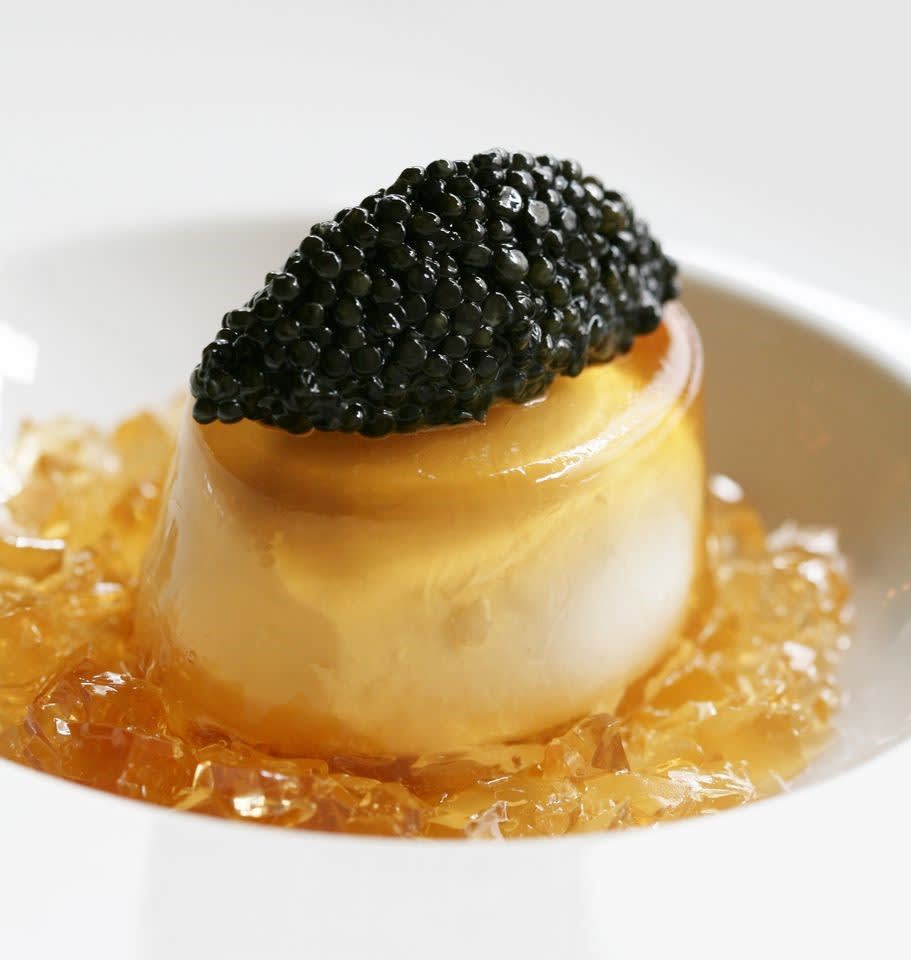Recently I saw, perhaps on the great David Liebowitz’s blog, mention of the venerable restaurant Prunier in Paris. Eons ago the one in Sydney was my first luxe restaurant experience. On the current menu in Paris is “Œuf Christian Dior, l’original.” An egg named after the master of simplicity.
That I had to see.
When I saw the photo, I remembered the famous saying that “Simplicity is the last refuge of the complex.” (Wilde).
A coddled egg, real aspic, and caviar. Simple and direct. Complex because coddled eggs, let alone to be unmolded, are a bitch.
So what else was going on in the 20th century to define simplicity except for his eggs?Perhaps a menu from Mexico in 1904 is a good start.
When while in college I visited my white-haired, white-suited, Stetson-hatted, and ebony-caned great uncle Billy in New Orleans, he told me about the Yucatan in the first part of the 20th-century. When he was fifteen, he said, his mother told him it was time to visit her family in the Yucatan to celebrate h…




